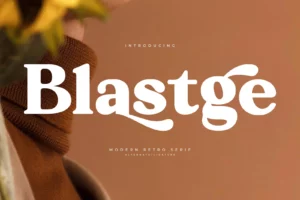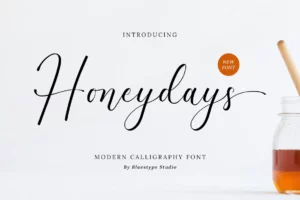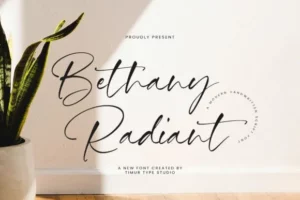Kagenise Font
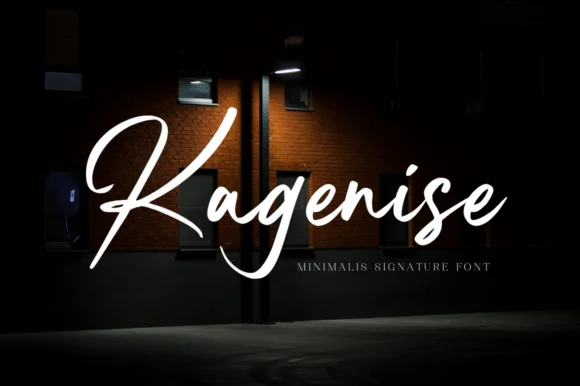
Kagenise Font, as of my last update, is not a recognized or widely known font. It’s possible that it could be a custom or niche typeface that is not widely circulated in mainstream graphic design or typography resources.
Fonts play an essential role in visual communication, offering unique styles for text that can set the tone, convey brand identity, and enhance readability. Without specific information about Kagenise Font, it’s recommended to consult specialized font directories or the creators potentially associated with this name for more accurate and detailed information.
You can find more free Handwritten fonts here.
Uppercase, Lowercase & Symbols Font

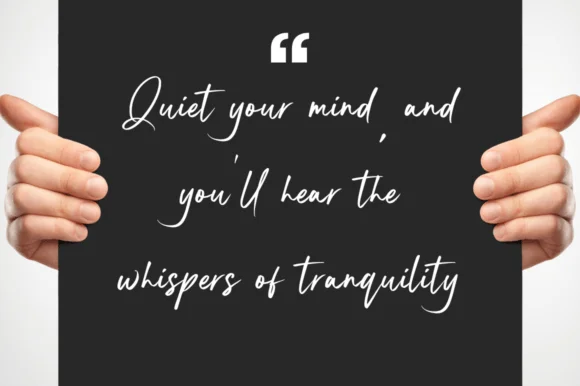
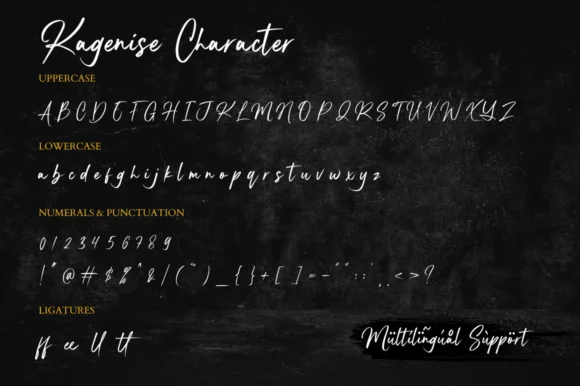
History of Kagenise Font
Appreciating any font fully helps one understand the creative process and inspiration that drove its inception. Kagenise Font is the brainchild of designer Rebecca Kagen, a typography aficionado with a passion for brush calligraphy. Kagen’s exploration of traditional calligraphy, combined with a fascination for the digital medium, led to the birth of this font.
Kagen’s process involved meticulously hand-painting characters, digitizing and refining them pixel by pixel to ensure that each brush stroke was faithfully represented on the screen. The result is a typeface that preserves the fluidity and imperfections of hand-lettered text, giving this font its warm and human quality.
Characteristics of Kagenise Font
Kagenise Font exhibits several distinctive characteristics that make it a standout choice for designers seeking to inject warmth and personality into their projects:
- Fluid Brush Strokes: The hallmark of this font is its fluid brush strokes, which emulate the movement and grace of traditional brush calligraphy. This gives the typeface an organic, dynamic feel.
- Variable Stroke Weight: This font features varied stroke weights – from thin, delicate lines to thick, bold swaths. This variation adds depth and a tactile sense to the text, making it visually appealing.
- Slight Imperfections: True to its brush script origins, this font retains slight imperfections in character shapes and lines. These imperfections lend an authentic, handcrafted quality to the digital font.
- Wide Range of Characters: It includes many characters, including uppercase, lowercase, numbers, punctuation, and special symbols. Additionally, this font offers a variety of ligatures and stylistic alternates, allowing for versatile application in different design contexts.
- Great Legibility: Despite being a script font, this font maintains great legibility even at smaller sizes, making it suitable for both headers and body text in designs where a touch of elegance is desired.
- Adaptability: Due to its unique blend of traditional charm and contemporary flair, this font is exceptionally adaptable for various applications, from branding and advertising to web design and editorial content.
These characteristics collectively contribute to the font’s popularity and make it an excellent choice for designers who combine artistry with functionality.
How to Use Kagenise Font in Your Projects
Using Kagenise Font effectively in your design projects can add a personal touch and elevate the aesthetic appeal of your work. Here are some key considerations and best practices to help you integrate this font seamlessly into your designs:
Choose the Right Context
This font, with its elegant brush script style, is ideally suited for projects that require a touch of sophistication and personality. It works beautifully in wedding invitations, branding materials, greeting cards, and promotional posters. Evaluate the context of your project to ensure that this font complements the overall mood and message.
Pairing with Other Fonts
For a balanced and cohesive design, consider pairing this font with sans-serif or serif fonts for body text. Fonts like Helvetica, Arial, or Times New Roman can provide a clean contrast to the ornate style of Kagenise, ensuring legibility and harmony in your design.
Experiment with Typography Features
Take advantage of Kagenise Font’s extensive range of characters, ligatures, and stylistic alternates. Experimenting with these features can help you create unique and engaging designs. Customizing the font’s attributes, such as letter spacing (kerning) and line height (leading), can enhance readability and visual impact.
Application in Digital and Print Media
This font is versatile enough for both digital and print media. Ensure the font is legible for digital projects on various screen sizes and resolutions. In print media, consider the font size and the color contrast between the text and the background to maximize legibility and aesthetic appeal.
Licensing and Usage Rights
Verify its licensing and usage rights before incorporating Kagenise Font into your projects. Ensure you have the appropriate license for commercial projects and respect the copyright and terms set by the font’s creator.

